Jupiter Is a Jerk

About 4.6 billion years ago, when our sun finally accumulated enough gas and pressure to ignite the nuclear fusion at its core and become a star, things were just coming together in the solar system. The remaining dust and debris swirling around the newborn sun hadn't had the chance to coalesce into individual planets yet.
Which planets formed first from this massive disk is still a matter of debate. What we do know is that roughly 100 million years after the sun's first light, one planet was the hungriest, voraciously ingesting any material that happened to pass too close.
That planet, of course, is Jupiter.
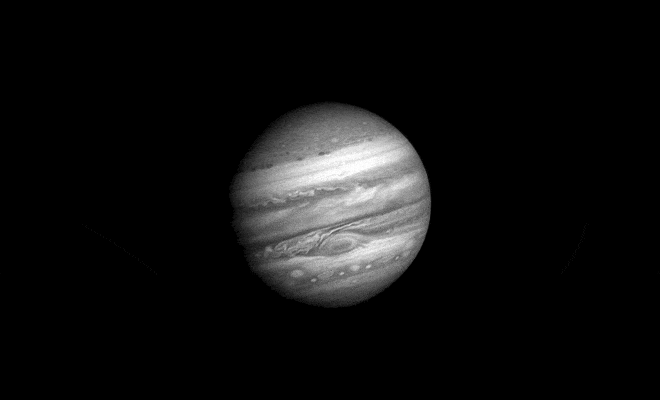
Today, Jupiter has about 2.5 times as much mass as all the other planets combined. The engorged planet consumed about 1.9 octillion kilograms (1.898 x 10^27 kg) of gas and debris as it swept through the infant solar system. Its massive gravitational influence shaped how the rest of the solar system came together and guided the evolution of our little neighborhood in space. Without this big planetary bully, things could have looked a lot different.
The Planet That Ate Our Solar System
When scientists study solar systems beyond our own, they see a high number of so-called "super-Earths" or "mini-Neptunes." These planets, also called gas dwarves, fall about halfway between the sizes of Earth and Neptune (which has 17 Earth masses). They are fascinating worlds, thought to have thick atmospheres with possible layers of rock, ice, or liquid oceans below.
As astronomers discovered more and more of these planets throughout the galaxy, they found themselves asking why our own solar system doesn't have any of these apparently common gas dwarfs. The leading theory? Jupiter ate them.
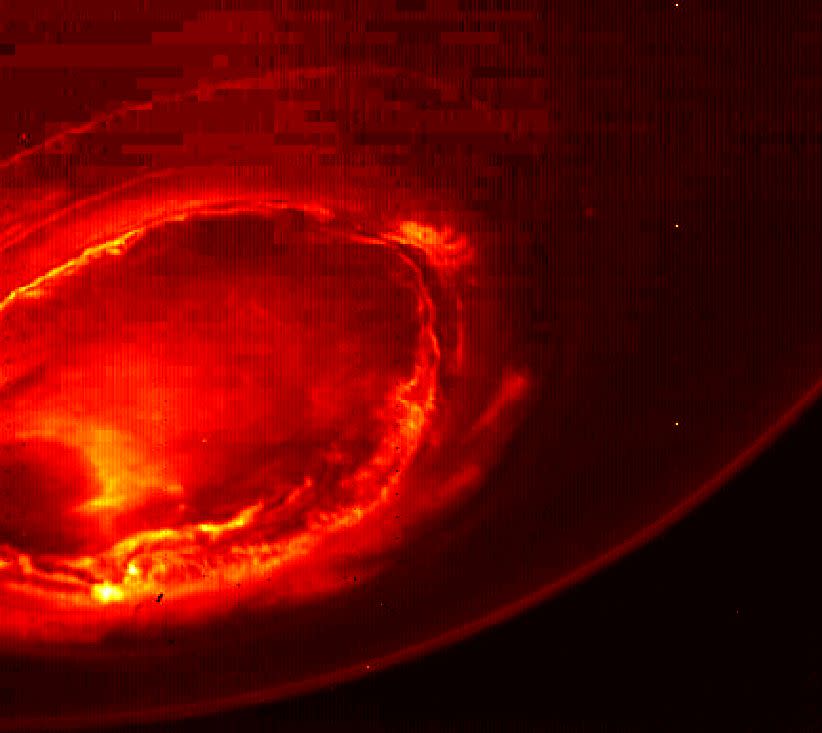
It's likely that in the early years, while Saturn was still picking at Jupiter's scraps, the biggest planet in our solar system was drawn in much closer to the sun than it is today, about as close as Mars, only to migrate back out to its current orbit. When the big brute passed in and out of the inner solar system, it towed a massive trail of debris along behind it. Any "super-Earths" forming at the time would have been crushed, ripped apart, or slammed into the debris trailing behind Jupiter. The remaining bits of shattered rock either became part of our four innermost planets today—Mercury, Venus, Earth, and Mars—or were banished to the icy realms of the asteroid belt.
This monster wasn't satisfied demolishing only the lives of smaller planets. The great Jovian beast is also thought to have taken out another gas giant. About 4 billion years ago, 600 million years after the sun's first light, some astronomers think there was a third gas giant in the solar system that had formed along with Jupiter and Saturn. By studying the orbits of Jupiter's moons, researchers have concluded that this third gas giant may have strayed too close to Jupiter before settling into a stable orbit. In an immense gravitational encounter, Jupiter, swollen with gas and rage, ejected the third gas giant from the solar system entirely, sending it hurling out into the frigid realms of interstellar space as an orphan planet.
A Modern Menace
If you think Jupiter slaked its thirst for blood in the early ages of our solar system, think again. This bulbous giant and its menacing Great Red Spot—a turbulent anticyclonic storm that has been raging for hundreds of years and is the size of three Earths—loom out there beyond the asteroid belt, causing us more distress.
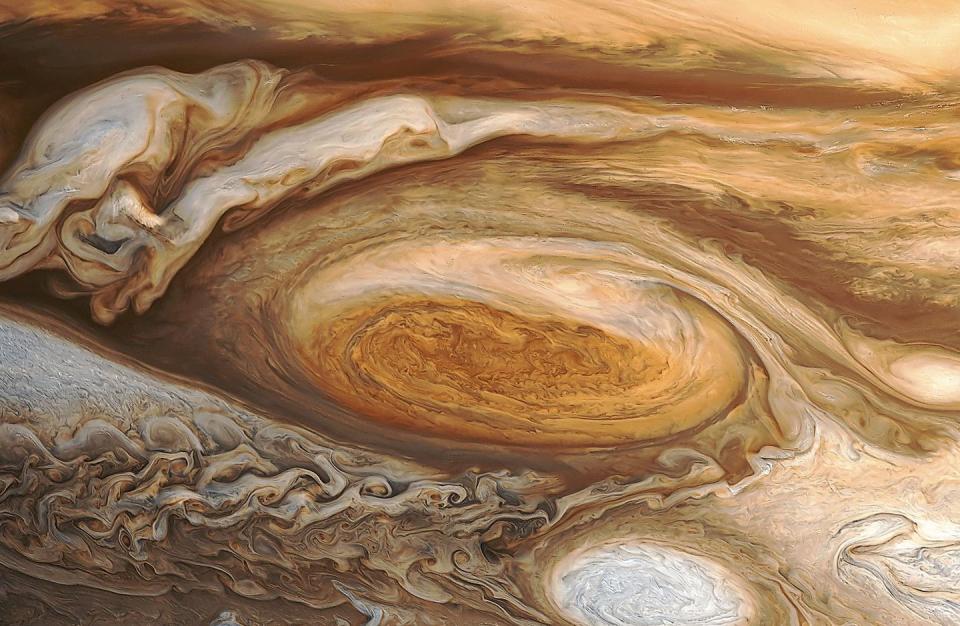
You might think that Jupiter is actually a friendly planet because it protects the Earth by shielding us from potentially hazardous impactors such as comets. It is true that Jupiter slings some long-period comets out of the solar system and destroys some others, eliminating these objects from the list of things that could slam into Earth with devastating results. However, whether Jupiter actually decreases the number of comets that impact our planet has been called into question, and a study published in Astrobiology last year suggests that the idea is completely false.
What's more, asteroids pose a greater threat to Earth than comets, being far more common. And rather than shielding our planet from asteroids, Jupiter has a tendency to hurl them toward us. The asteroid belt is full of rocks that never had a chance to coalesce into planets, mainly due to Jupiter's gravitational interference while it was stomping around the early solar system, crushing infant planetoids. It is not uncommon for the gas giant to nudge these rocks into the inner solar system where they have a greater chance of intersecting with Earth's orbit.
Does this really sound like the type of entity that would shield us from harm? No, it sounds like a great metallic orchestra of death beckoning us to our doom.
Just look at the objects that are foolish enough to get close to Jupiter. Io, Jupiter's innermost large moon, has been reduced to a volcanic hellscape. The gravitational forces from Jupiter grind the moon's rock together. Io's surface is covered in endless pools and rivers of burning lava punctuated by towering volcanic eruptions. Jupiter's moon Europa, meanwhile—often considered a watery sanctuary where life could exist—has had its icy surface scorched an orangish brown by the endless stream of high-energy particles shooting out from its cruel master of a planet.
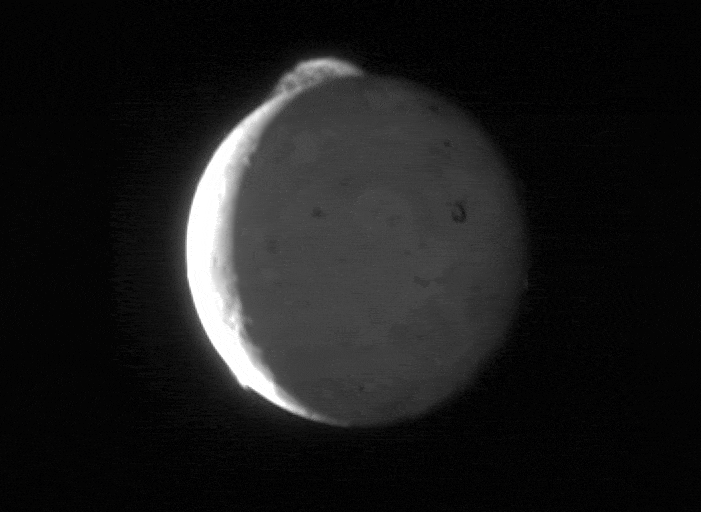
As for the two spacecraft we have sent to orbit Jupiter—Galileo and the currently orbiting Juno—NASA engineers had to take great precautions to shield the spacecraft's instruments from the endless bombardment of radiation from Jupiter's immense magnetosphere. Juno has a 400-pound titanium vault to shield its internal components from Jupiter's radiation, and even then, the spacecraft is flying so close to the hostile planet that the total operating time is estimated to be only a year and a half. Much longer in the ruthlessly unforgiving environment around Jupiter and the electronics of the spacecraft will be inevitably fried. Remember, that's just from flying near the planet—not within the clouds themselves.
Galileo, which orbited Jupiter from December 1995 to September 2003, was able to fair a little better because it kept a safer distance. Still, almost two years before the mission was terminated, Galileo's cameras needed to be deactivated because they had been irreparably damaged by radiation. The Galileo team worried that they would lose contact with the spacecraft entirely during the final phases of the mission, and they crashed Galileo into the Jovian beast before that could happen—surely a welcome end for the craft that had suffered so long under the scourge of Jupiter's burning radiation.
Jupiter's Toasty Cousins
Originally, astronomers assumed that our solar system represented a typical arrangement of planets around a star, with the little rocky planets in close and the big gas giants farther out. As we are continuing to learn, solar systems throughout the galaxy are not the same. If anything, our little neighborhood is an oddity rather than the norm.
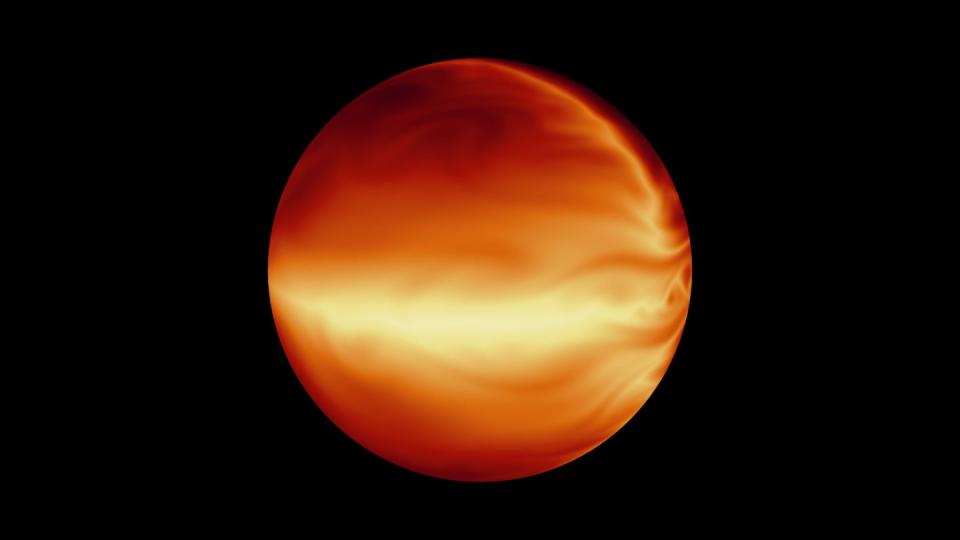
One of the most common types of planets we find orbiting other stars are so-called "hot Jupiters," demon cousins to our own cruel giant. These burning planets, about the size of Jupiter, orbit very close to their host stars, sometimes even closer than Mercury orbits the sun. The result is that they are astonishingly hot, highly volatile, and often circle their parent stars in a matter of days or weeks. The hottest known planet, WASP-33b, has blistering surface temperatures around 3,200 degrees C (5,790 F), which is hotter than the surface of some red dwarf stars.
These roaster planets, as they are sometimes called, are tidally locked with their stars, so one face of the planet is always receiving a bombardment of heat and stellar radiation. This makes for some truly chaotic weather. Chunks of a hot Jupiter's atmosphere can get blasted away by solar flares and eruptions coming from the host star.
If Jupiter were ever forced in close to the sun again—say, from the gravitational influence of a rogue planet passing through the solar system in the distant future—it could be captured in a new orbit near the sun and ignite into a fiery version of its already savage self.
Of course, if Jupiter did move in close, it would completely disrupt the inner solar system, ejecting all four rocky planets out into the void before it had a chance to burn us. Let's just hope this jerk stays out beyond the asteroid belt where it belongs.
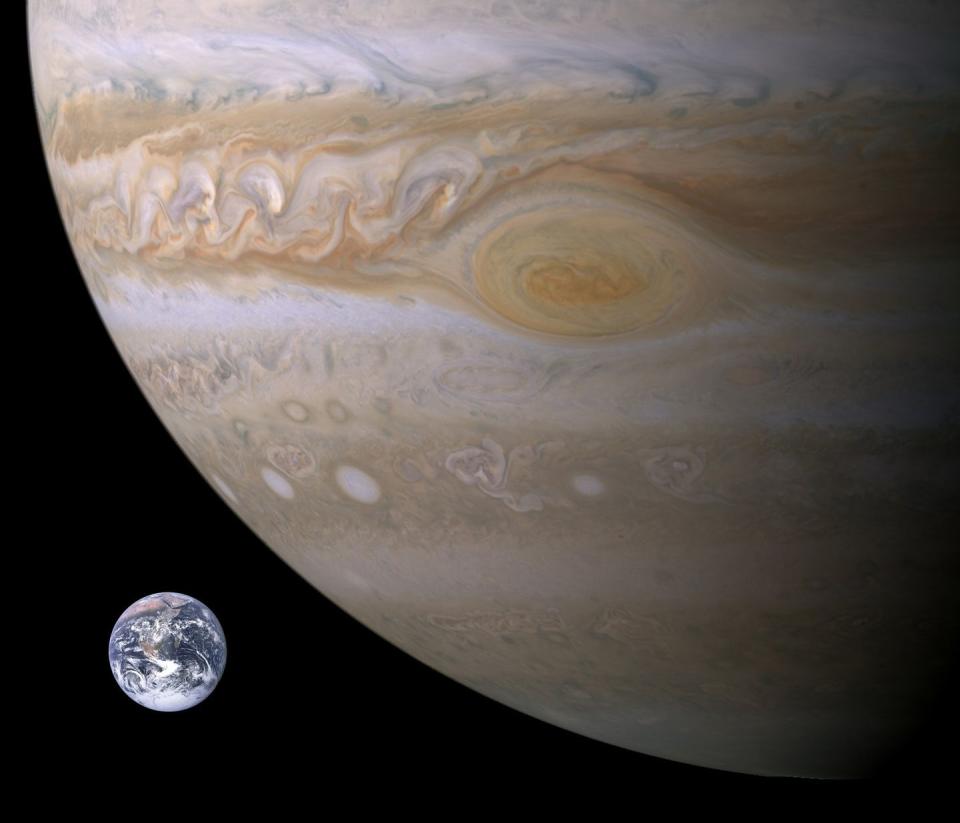
You Might Also Like

